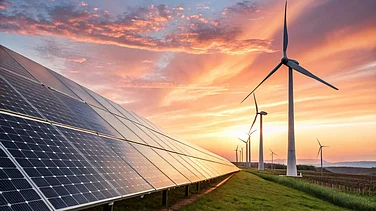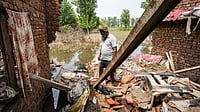South Korea is combating worst ever wildfires, with the death toll reaching 26 and hundreds of buildings destroyed in the south-eastern province of North Gyeongsang.
Since March 27, the wildfires in South Korea have doubled in size, becoming the country’s worst-ever natural fire disaster, killing at least 26 people and incinerating historic temples.
According to Reuters, over 33,000 hectares (81,500 acres) have been charred or are still burning in the fires that began in the central Uiseong county on March 21. This makes it the biggest single forest fire in South Korea's history, surpassing the previous record by 24,000 hectares (59,000 acres) in March 2000.
The military has released stocks of aviation fuel to support firefighting helicopters, which are dousing flames across mountainous regions in the southeast, where the fires have been raging for nearly a week.
More than 120 helicopters have been deployed in three regions battling the blazes, the safety ministry said. South Korea relies on helicopters to fight forest fires because of its mountainous terrain. A helicopter pilot died on March 26 after crashing while trying to tackle a blaze.
Originating in Uiseong, the wildfires have been moving rapidly eastward, almost reaching the coast, driven by gusty winds and aggravated by dry conditions.
Climate Change and Wildfires
Experts have raised concerns that climate change is making wildfires more frequent and deadly globally, noting that the Uiseong fire spread unusually quickly in terms of both scale and speed.
Higher temperatures amplified by human-caused climate change made this heat at least 5 times more likely, signifying an exceptional climate change event, according to a report published by Climate Central.
Kaitlyn Trudeau, a Senior Research Associate at Climate Central group, said, “The added strain of climate change has made extreme heat events like this far more likely, turning dry landscapes into dangerous fire fuel.”




























